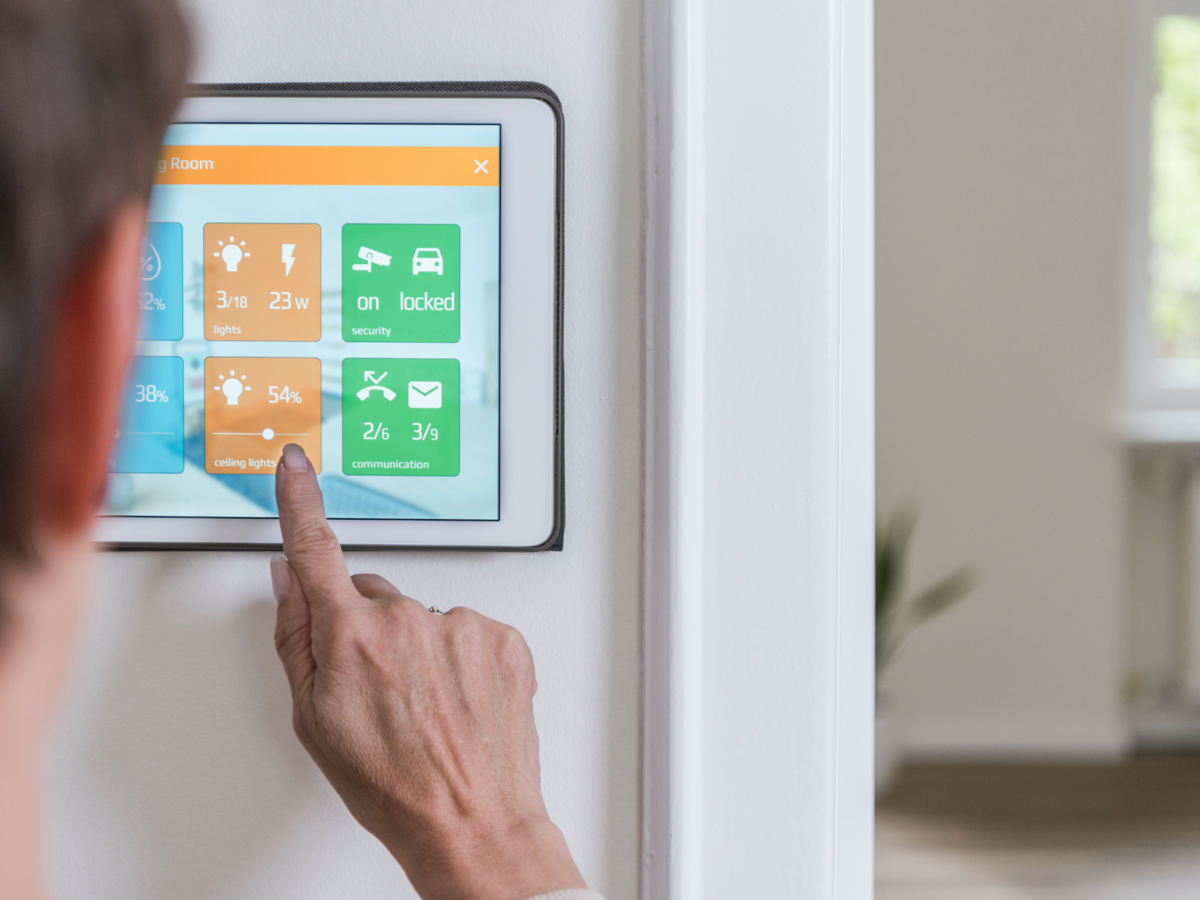
UL is DiiA-accredited expert for DALI-2 protocol testing
UL Solutions’ services related to connected lighting and building control systems include accredited, third-party testing to DALI interoperability protocols.

As lighting systems, appliances, heating, ventilation and air-conditioning (HVAC) systems and other electronics become increasingly connected, interoperability protocols prove more important than ever.
UL Solutions adapted our testing services as the technologies converge and products for smart buildings and homes gain market share. In addition to electromagnetic compatibility (EMC) and wireless testing such as Bluetooth®, Zigbee® and Thread®, UL Solutions has recently added capabilities to test to Digital Addressable Lighting Interface (DALI) protocols.
We test end products, components and gateways of building control systems that connect electronic devices, including lighting and appliances.
The Digital Illumination Interface Alliance (DiiA) was established in response to industry requests for an independently verified certification program covering the latest DALI protocols.
DALI-2 is an international standard for a two-way communication system that brings digital technology to lighting. DALI defines the commands that LED drivers and ballasts need to recognize in order to communicate via controllers and computers equipped with appropriate software or building management systems.
DALI specifically addresses lighting systems and their control gears (ballasts for fluorescent lamps, step-down converters for low-voltage halogen lamps and LED control gears for LED modules) and control devices (dimmers, switches and touch panels).
The DiiA has accredited UL Solutions’ laboratories to perform third-party testing to the DALI interoperability protocols. Our experts can help manufacturers test their products as rapidly and efficiently as possible at a competitive cost.
The latest version of the DALI protocol, DALI-2, includes additional application controllers and input devices, such as push button switches and coupler, occupancy and light sensors. Additionally, DALI-2 can improve interoperability between multiple devices and vendors through a clearer specification, including bus timing and bus power. DALI-2 also includes polarity insensitivity, enabling easier installation, bus-powered units necessitating less wiring and multiple logical units that can help you realize more cost-effective products.

UL is DiiA-accredited expert for DALI-2 protocol testing